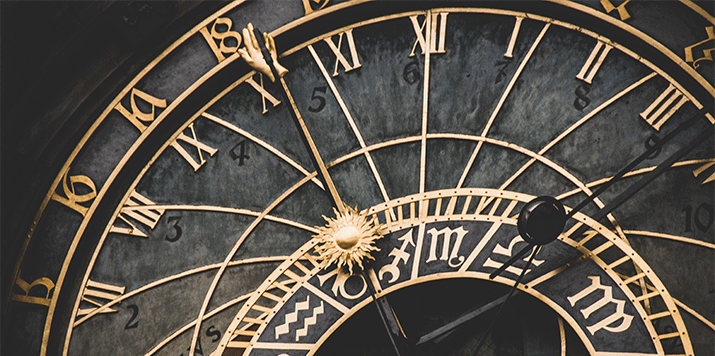As our clocks go back this weekend, our authors share the era they would go back in time to: from powerful women in the ninth century to dancing the Charleston in the nineteenth century!
I know I write medieval romance, but I don’t envy my characters and the lack of heating, so I’d choose to go back to the 1920s. The clothes are fabulous and not too uncomfortable for the women, so I could have a dance while drinking a few cocktails. Hopefully I’d find a nice young man to teach me how to Charleston!
By Elisabeth Hobbes
As I write mainly Regency romance I would, of course, love to go back in time to early nineteenth century England, just to experience everything first hand. But ever since my teens I have been fascinated by the history of the American Old West, and so I would also jump at the chance to travel back there. There is something about that lawless time and the wild, wide open spaces that I find really exciting!
By Janice Preston
I write Regency romances, so it’s hardly surprising that I’d like to go back to that era of balls, and routs, and Assemblies – but with one caveat. I want to be guaranteed a comfortable life and a happy-ever-after with a suitable hero!
In reality, like most of us, my ancestors were probably servants, farmers, or tradespeople who would never have seen the inside of a ballroom unless they were cleaning it!
Alternatively, I’d like to go back on my own timeline to explore if I’d make different choices about anything ?
By Catherine Tinley
Choosing one historical era to visit is a little like choosing only one book as your favourite. It would be fantastic to be able to walk through history visiting intervals twenty-five years apart and feel the different lifestyles, comparing and contrasting, and to come away with a better understanding of the people of the past.
By Liz Tyner
My October release, His Rags to Riches Contessa, is set in Venice during the Carnival of 1819. I’d love to go back to the Carnival at its decadent height a hundred years earlier. I’d mingle with the crowds at the masque balls dressed as Columbine. I’d gamble (with someone else’s money!) at the Ridotto. And I’d take a gondola trip through the heart of the city at night as my heroine does, lit only by the stars in the Venetian sky.
By Marguerite Kaye
If I could go back to an era (and knew it was temporary as I do like things like sanitation and modern medicine), I would love to go back to the late ninth century, and see what was actually going on as I am currently writing in this period.
There are so many gaps in our knowledge about the transformation of England, Scotland, Ireland and Wales into the nation states that we now recognise. I would love to see what Aethelflead, Lady of Mercia, (c 870 – 918) was like. She commanded the West Mercians after her husband’s death and played a major role in fighting the Vikings to a standstill, once famously using skeps of bees and boiling beer to defeat them. Like many powerful women in history, she has been mainly overlooked in the history books.
Earlier this year, I was able to see the oldest surviving embroidery in the UK at Durham cathedral. Aethelflead commissioned it to persuade the monks of St Cuthbert to support her cause. Other sweeteners from her to them included the land to build Durham cathedral on.
I would love to know how women managed to do something that exquisite and delicate during that time of great upheaval and to see more of it. Anglo-Saxon women were renown for their needlework, but relatively little has survived in England as William the Conqueror sent a considerable amount to his holdings in Normandy.
By Michelle Styles


